- Have any questions?
- +86-189 8930 5995
- sales@mosinterchem.com.cn
Bismuth subnitrate CAS 1304-85-4

Sodium chromate tetrahydrat CAS 10034-82-9
21/12/2018
1-Cyanoethyl-2-methylimidazole CAS 23996-55-6
21/12/2018| Model: | MOS 1304-85-4 |
| Brand Name: | MOSINTER |
| CAS No.: | 1304-85-4 |
| molecular formula: | Bi5H9N4O22 |
| molecular weight: | 1461.99 |
| Melting point: | 260°C |
| Density: | 4.928 |
| Sensibility: | Hygroscopic |
Bismuth subnitrate (CAS: 1304-85-4)
| Item | Index |
| Appearance | Heavy white powder |
| Purity % | 79.0-82.0 |
| Iron (Fe) %≤ | 0.003 |
| Lead (Pb) %≤ | 0.05 |
| Hydrogen sulfide not precipitate (as sulfate) %≤ |
0.25 |
| Silver (Ag) %≤ | 0.003 |
| Ammonium (NH4) %≤ | 0.003 |
| Clarity test / No. ≤ | 4 |
| Arsenic (As) %≤ | 0.0006 |
| Copper (Cu) %≤ | 0.005 |
| Chloride (Cl) %≤ | 0.005 |
| Sulfate (SO4) %≤ | 0. 01 |
| Nitric acid insoluble %≤ | 0.005 |
Bismuth oxynitrate is the name applied to a number of compounds that contain Bi3+, nitrate ions and oxide
ions and which can be considered as compounds formed from Bi2O3, N2O5 and H2O. Other names for bismuth
oxynitrate include bismuth subnitrate and bismuthyl nitrate. In older texts bismuth oxynitrate is often simply
described as BiONO3. Bismuth oxynitrate was once called magisterium bismuti or bismutum subnitricum,
and was used as a white pigment, in beauty care, and as a gentle disinfectant for internal and external use.
Bismuth oxynitrate is commercially available as Bi5O(OH)9(NO3)4 (CAS number: 1304-85-4) or as
BiONO3·H2O (CAS Number 13595-83-0).
Some compounds have been fully characterised with single crystal studies and found to contain
the octahedral [Bi6Ox(OH)8-x](10-x)+ cation. There is indirect evidence that either the octahedral
cation Bi6O4(OH)46+ or the octahedral cation Bi6(OH)126+[3] is present in aqueous solution
following the polymerisation of Bi(H2O)83+, the Bi3+ ion present in
acidic solutions. The ion Bi6O4(OH)46+ is found in the perchlorate compound Bi6O4(OH)4ClO4·7H2O
and is isoelectronic with the octahedral Sn6O4(OH)4 cluster found in the hydrate of tin(II) oxide, 3SnO·H2O.
The compounds that contain this are:-
Bi6O4(HO)4(NO3)6·H2O (equivalent to BiONO3·0.5 H2O; Bi2O3.N2O5.H2O )
Bi6O4(OH)4(NO3)6.4H2O (equivalent to BiONO3·H2O; Bi2O3.N2O5.6H2O )
[Bi6O4.5(OH)3.5]2(NO3)11 contains two different cations, [Bi6O4(OH)4]6+ and [Bi6O5(OH)3]5+
The compound Bi6O5(OH)3(NO3)5.3H2O(equivalent to 6Bi2O3.5N2O5.9H2O) also contains the
octahedral units but this time they are joined to form {[Bi6O5(OH)3]5+}2.
Additionally some oxynitrates have layer structures (a common motif also found in bismuth(III) oxyhalides):-
Bi2O2(OH)NO3 (equivalent to BiONO3·0.5 H2O) contains “[Bi2O2]2+ layers
Bi5O7NO3 which is isostructural with β–Bi5O7I
Cluster cation structure
The octahedral ion has 6 Bi3+ ions at the corners of an octahedron. There is no covalent bond between
the Bi atoms, they are held in position by bridging O2–and OH– anions, one at the centre
of each of the eight triangular faces, bridging three Bi ions. The Bi ions are essentially four coordinate
and are at the apex of a flat square pyramid. An ab initio theoretical study of the hydration mechanism
of Bi3+ and the structure concludes that the lone pairs on the Bi3+ ions are stereochemically active.
Preparation of bismuth oxynitrates
Bismuth oxynitrates can be prepared from bismuth(III) nitrate. For example hydrolysis of a solution of
bismuth nitrate through the addition of alkali or the reaction of the pentahydrate, BiNO3·5H2O with
KOH, or the controlled thermal decomposition of the pentahydrate.
The thermal decomposition of bismuth nitrate pentahydrate proceeds through the following stages.
At < pH 1, Bi6O4(OH)4(NO3)6.4H2O (BiNO3.H2O)is the first solid product, which when heated
produced Bi6H2O(NO3)O4(OH)4 (BiNO3. 0.5H2O.
Between pH 1.2 and pH 1.8, further hydrolysis occurs and Bi6O5(OH)3(NO3)5.3H2O is formed.
The final oxynitrate product of thermal dehydration is believed to be Bi5O7NO3, which is isostructural
with β–Bi5O7I and has a layer structure. The ultimate stage of thermal decomposition of oxynitrates is
bismuth(III) oxide, Bi2O3.
You must be logged in to post a review.

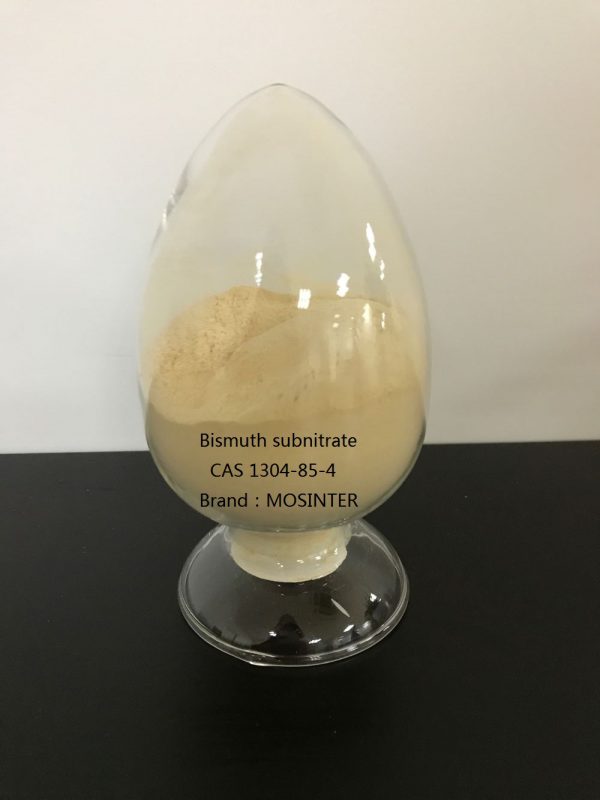
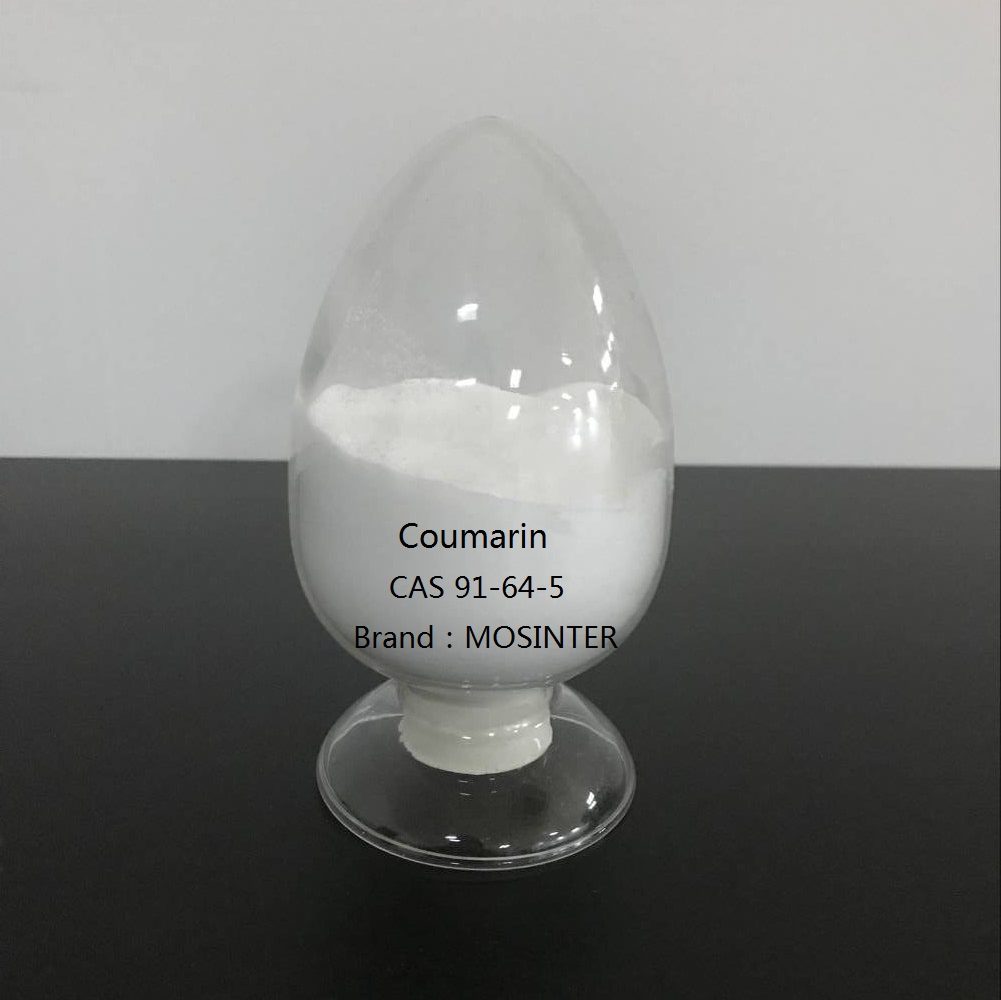
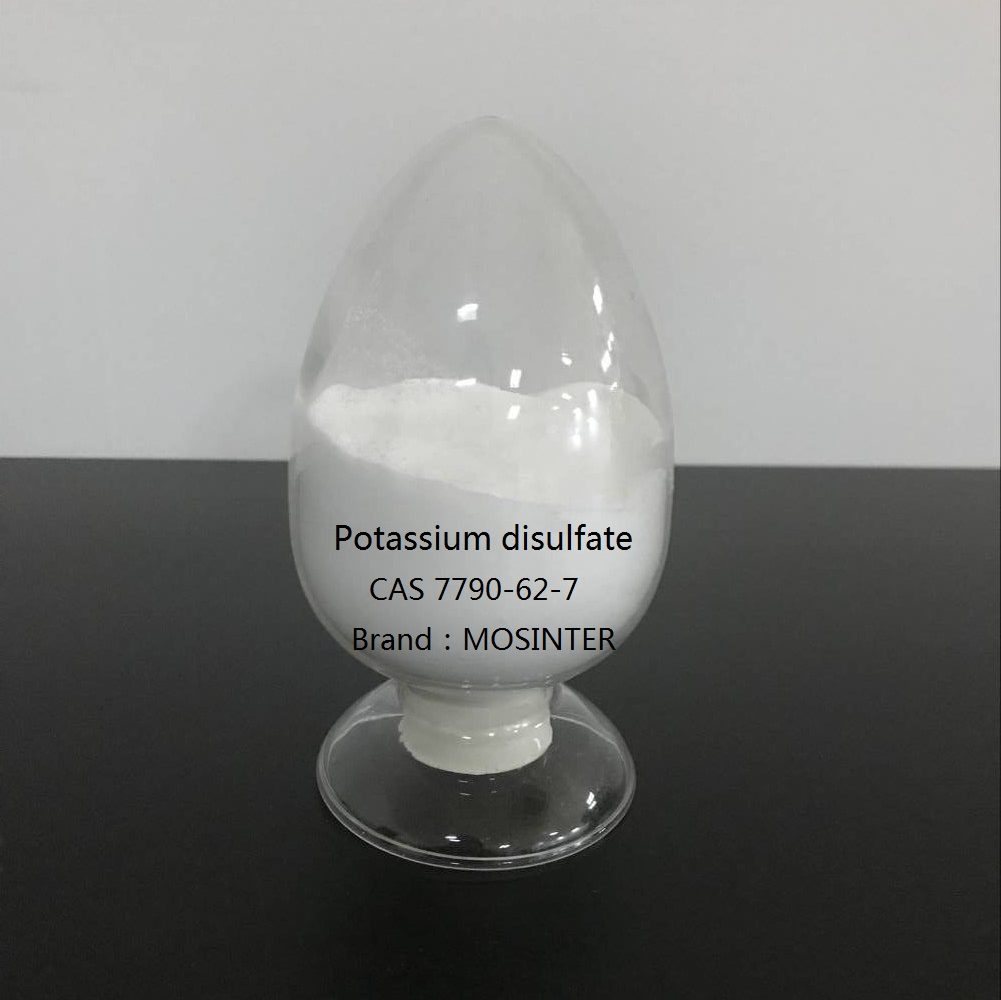
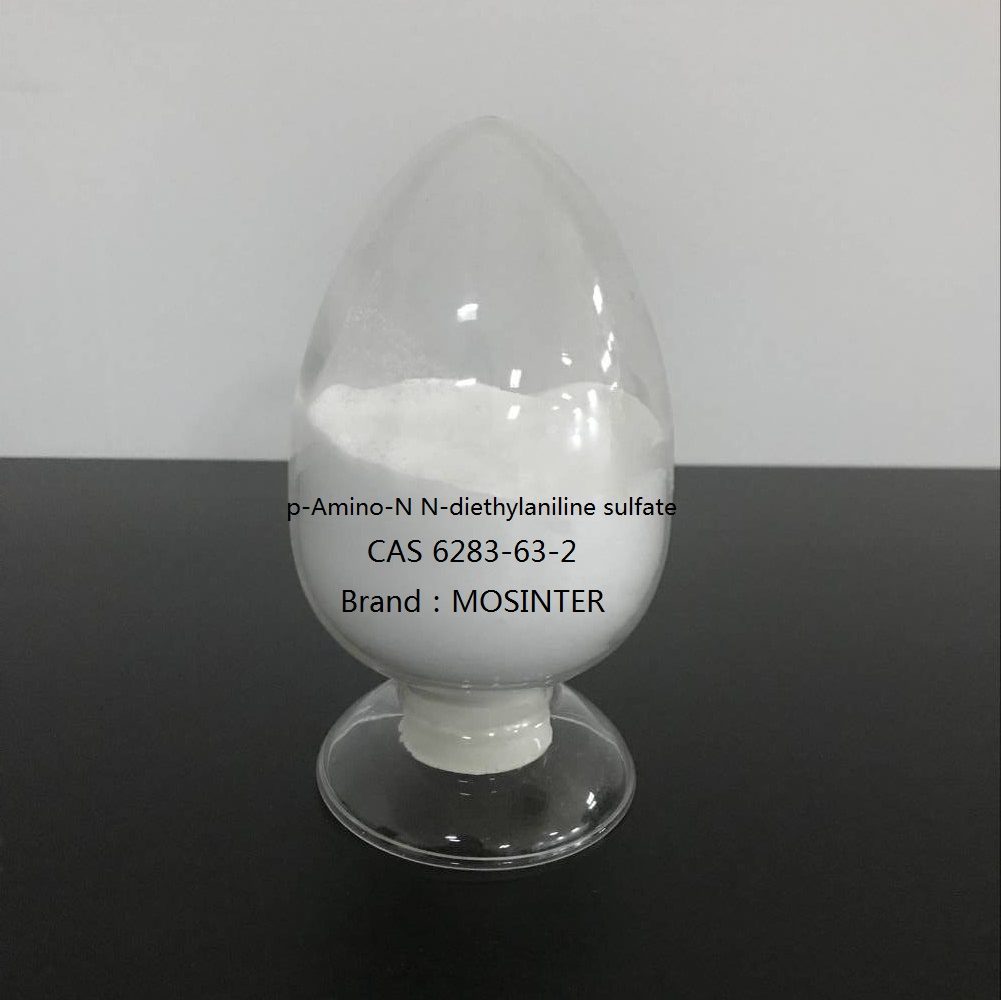
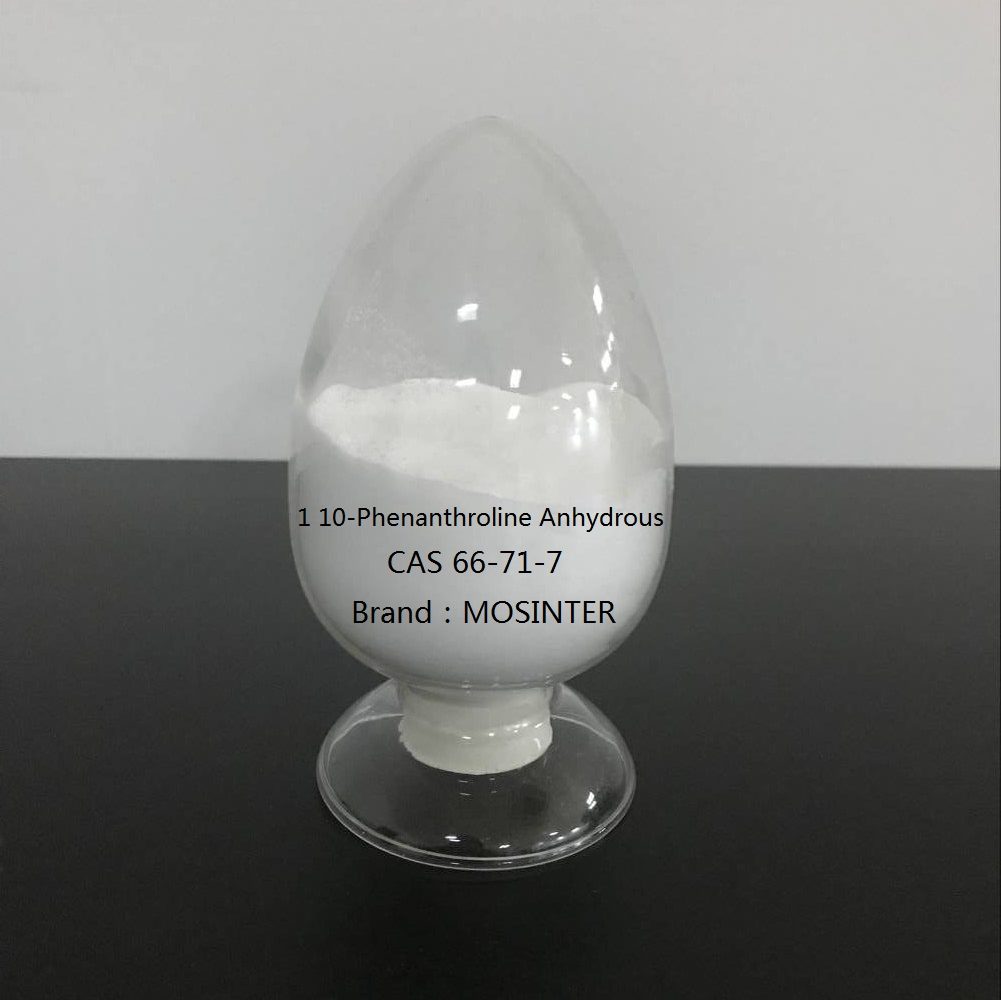
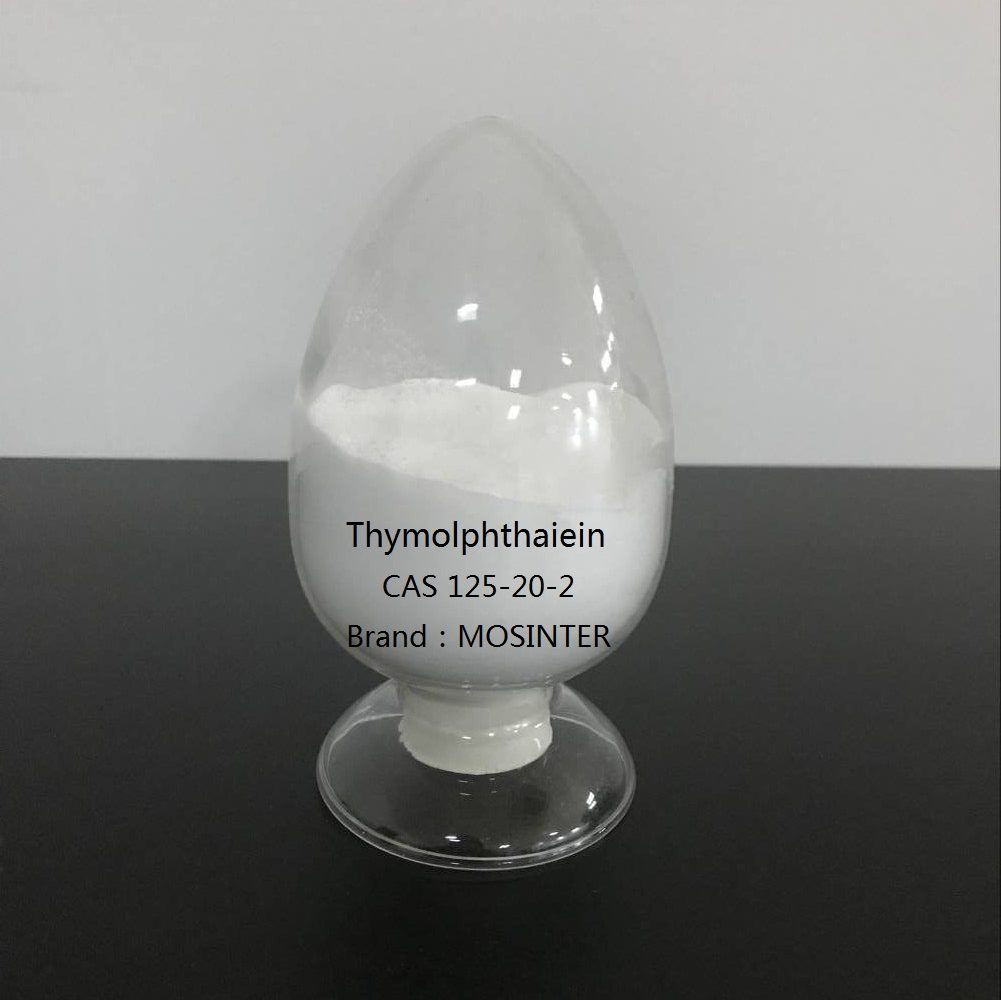
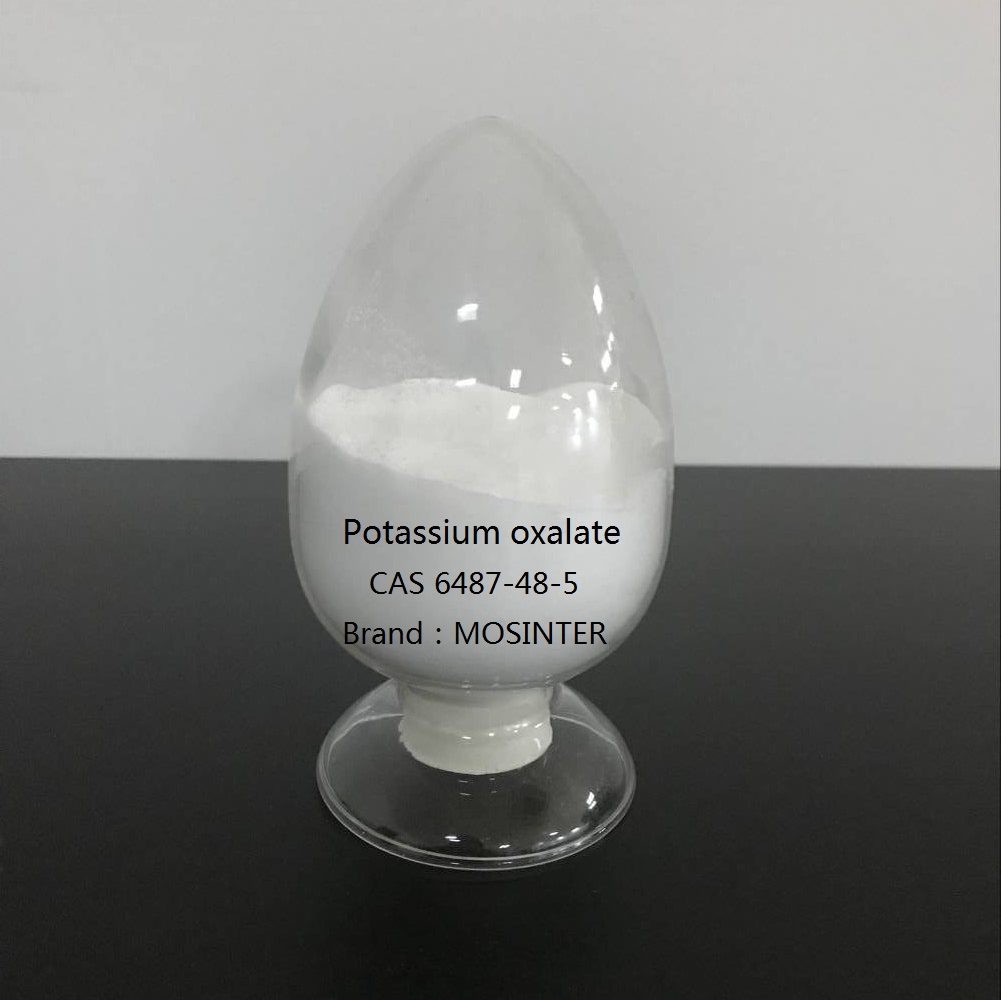
Reviews
There are no reviews yet.